TOPIC 08 - Understanding interfaces in novel hybrid electrolyte systems
Aiming to close the gap with future ASSB chemistries, Solvay has developed a specific fluorinated polymer based on PVDF and a designed chemistry allowing the formation of in-situ cross-linked network.
These innovation led to the development of a quasi-solid state batteries, where electrolyte is trapped in a complex hybrid network bringing advantages in processing, cost, performances and safety.
CEA has a sound experience in the system, being a partner of Solvay in this technology for several years. This allowed to developed innovative processes ending in manufacturing cells of several hundred milliampere hours working for hundreds of cycles. Together the two partners have gathered their efforts resulting in more than ten patents around the technology.
The research project will be articulated on the understanding of interfacial and transport properties of the hybrid polymeric system. It will primarily focus on the impact of the various manufacturing steps on the properties of the active materials involved in the systems and on the impact of network features on attributes in conductivity, safety and mechanical properties:
- The optimization of electrochemical formation of the cell and its links with the native surfaces of the various active material will also be an important part of the work.
- This optimization will be paired with an important work devoted to surface characterization like XPS, high resolution microscopy and electrochemical AFM.
- Interfaces at various scale, between the electrolyte and active materials as well as between the layers, will constitute a major point of investigation. Advanced impedance technics, cycling protocols and coupling electrochemical tests with structural and microstructural analytical tools.
- In addition, taking benefits from previous developments, in operando technics such as tomography could be implemented to gain a better understanding of the interplay between electrodes features at mesoscale and transport properties at various C-rates.
- Implementation of innovative technics and cell geometry is also expected in order to probe the in-operando behaviour of such system.
Major part of the work will be done at CEA Liten (Grenoble ) with frequent secondments at Solvay facilities in Paris and Bruxelles. Secondments in large scale instruments is envisioned as well as secondment to build theoretical framework to support the analytical work.
Supervisor(s) contact: ROUAULT Hélène, helene.rouault@cea.fr


